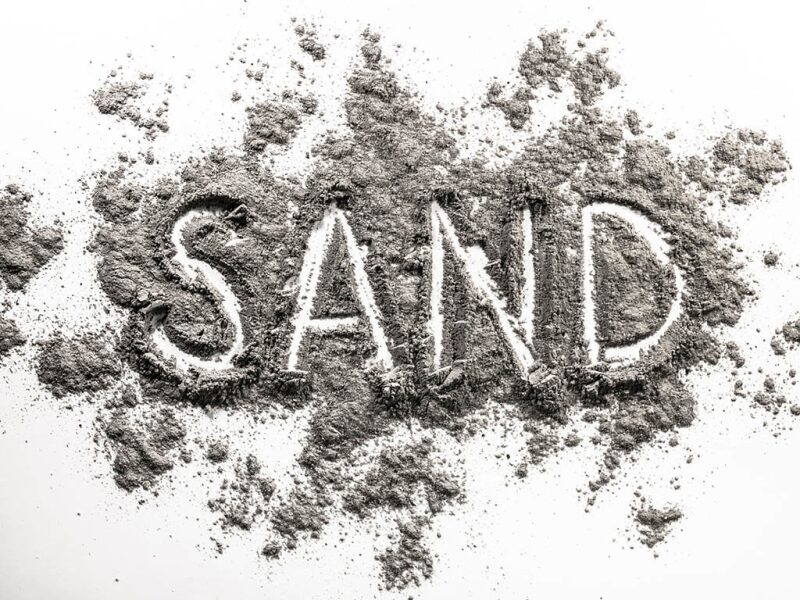Summary
Traditional sand-management programs usually consist of several measures employed to mitigate the production of sand from wells, a process commonly referred to as sanding. Such systems include production prediction and monitoring, topside management, sand control, and “intelligent” systems (Gherryo et al. 2009). Sand control can be considered in terms of short- and long-term solutions; examples of long-term solutions (preventative measures) would be the application of gravel packs, screens, inflow control devices, and chemical stabilization methods (Abney et al. 2007). In instances where a sand-management program has not been employed or has been ineffectively delivered, sand can and is deposited in pipelines/riser systems. This can be a gradual process of continual minor deposition over time, or systems can be overwhelmed with a sudden influx of sand as a consequence of formation or completion failure. The result leads to increasing pipeline resistance, reduced flow rates, rising pressure drop in the pipeline system, and erosion, which, in turn, can lead to degradation of the pipeline/riser and topside systems (Abney et al. 2007). The main focus then concerns the short-term sand-control solution of remediating the pipeline system with the goal of removing the deposits. An operator might wish to pursue a sand-removal/cleaning program with the specific goal of performing an in-line inspection as part of an integrity-management scheme.
This paper discusses the available methodologies for remediation of a pipeline affected by sand and presents examples where the discussed methodologies have been applied.

